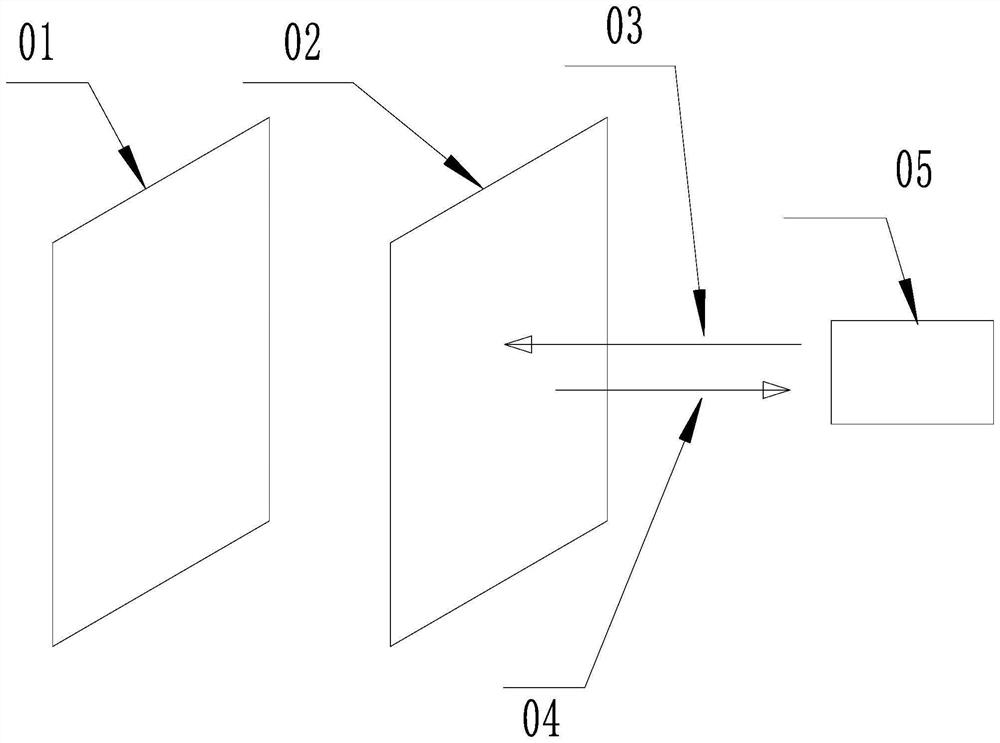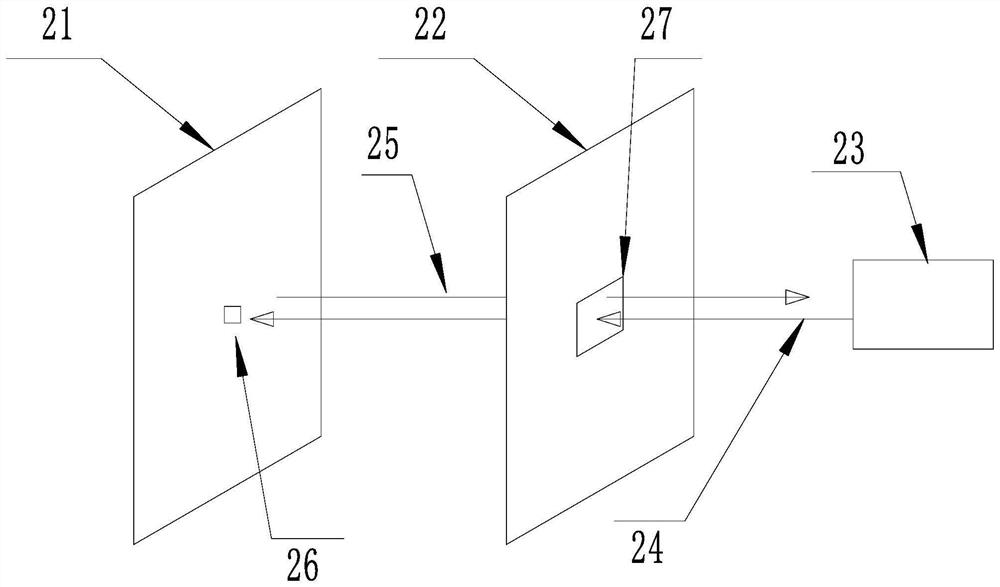Ultrahigh frequency metal RFID signboard
A signage and ultra-high frequency technology, applied in the direction of identification devices, antennas, instruments, etc., can solve the problems of reducing impact resistance, unreadable, unreadable, etc., and achieve low processing accuracy requirements, improved mechanical properties, and improved The effect of machinability
- Summary
- Abstract
- Description
- Claims
- Application Information
AI Technical Summary
Problems solved by technology
Method used
Image
Examples
Embodiment Construction
[0025] The preferred embodiments of the present invention will be described in detail below with reference to the accompanying drawings, so that the advantages and features of the present invention can be more easily understood by those skilled in the art, and the protection scope of the present invention can be more clearly defined.
[0026] see Figure 3 to Figure 5 , the embodiments of the present invention include:
[0027] like image 3 As shown in the figure, an ultra-high frequency metal RFID identification plate includes a metal identification plate 1, a first double-sided adhesive layer 2, an antenna grounding layer 3, a second double-sided adhesive layer 4, and an insulating medium layer 5 in order from top to bottom. , the third double-sided adhesive layer 6, the antenna chip layer 7 and the fourth double-sided adhesive layer 8, the metal sign 1 is pasted to the antenna grounding layer 3 through the first double-sided adhesive layer 2, and the antenna grounding lay...
PUM
 Login to View More
Login to View More Abstract
Description
Claims
Application Information
 Login to View More
Login to View More - R&D
- Intellectual Property
- Life Sciences
- Materials
- Tech Scout
- Unparalleled Data Quality
- Higher Quality Content
- 60% Fewer Hallucinations
Browse by: Latest US Patents, China's latest patents, Technical Efficacy Thesaurus, Application Domain, Technology Topic, Popular Technical Reports.
© 2025 PatSnap. All rights reserved.Legal|Privacy policy|Modern Slavery Act Transparency Statement|Sitemap|About US| Contact US: help@patsnap.com



